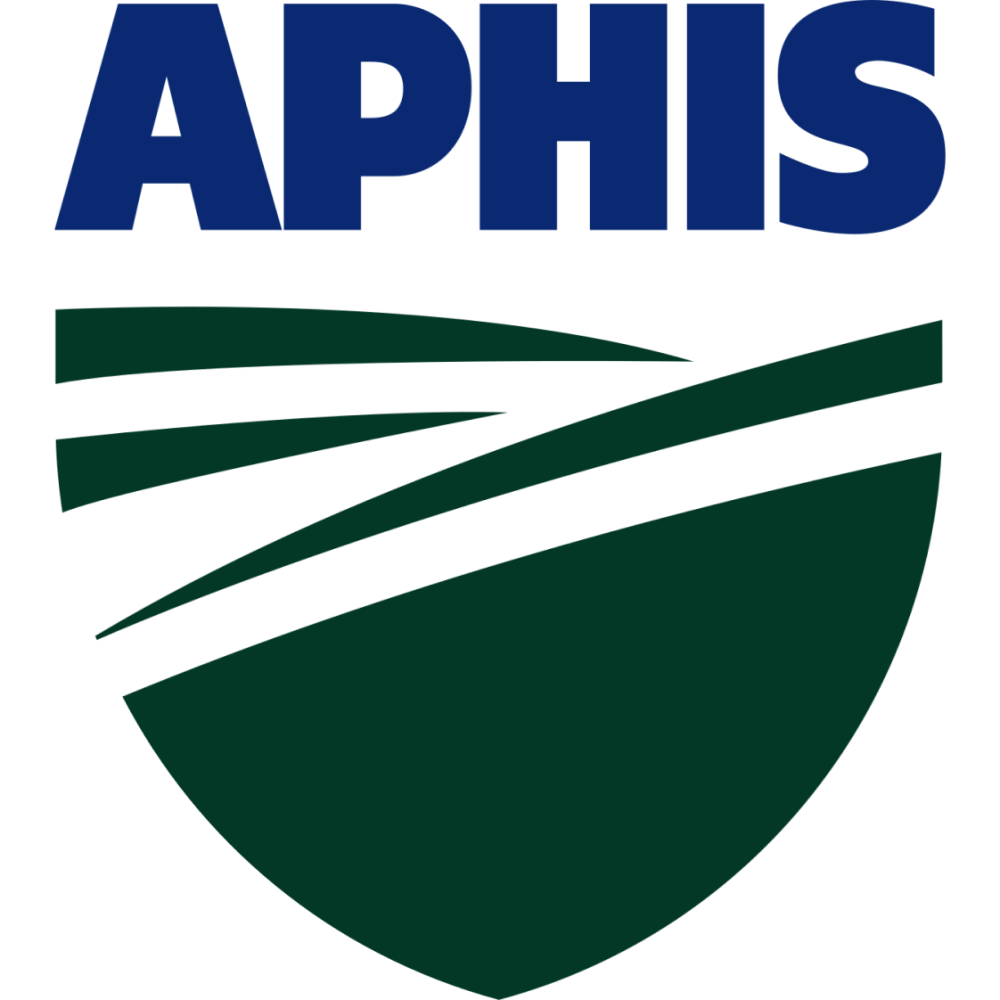
APHIS Confirms H7N9 Highly Pathogenic Avian Influenza in a U.S. Flock
On Mar. 12, 2025, the Animal and Plant Health Inspection Service (APHIS) confirmed the presence of highly pathogenic avian influenza (HPAI) H7N9 in a broiler chicken breeder flock in Mississippi. APHIS has previously documented H7 low pathogenicity avian influenza (LPAI) in U.S. wild bird surveillance this year and in previous years, but this is the first HPAI H7 case in commercial poultry in the United States since 2017.
This H7N9 virus is a fully North American (AM) virus of wild bird-origin and is unrelated to the Eurasian H5N1 clade 2.3.4.4b virus currently circulating in the United States. Some AM H7 LPAI viruses detected as part of APHIS’ wild bird surveillance are closely related to this HPAI virus, indicating a recent spillover of wild bird-origin LPAI virus.
Spillovers of avian influenza from wild bird sources can occur due to breaches in biosecurity. APHIS closely monitors these subtypes because H5 and H7 LPAI viruses in poultry species such as chickens and turkeys can mutate into HPAI
The flock of roughly 46,000 birds was experiencing high mortality, and samples tested at the Mississippi Veterinary Research & Diagnostic Laboratory, a member of the National Animal Health Laboratory Network, were presumptive positive for HPAI then confirmed at APHIS’ National Veterinary Services Laboratories (NVSL).
As part of existing avian influenza response plans, Federal and State partners were working jointly on additional surveillance and testing in areas around the affected flock. USDA will report these findings to the World Organization for Animal Health (WOAH) as well as international trading partners. USDA also continues to communicate with trading partners to encourage adherence to WOAH standards and minimize trade impacts.
Tags:
Source:
Credit:
